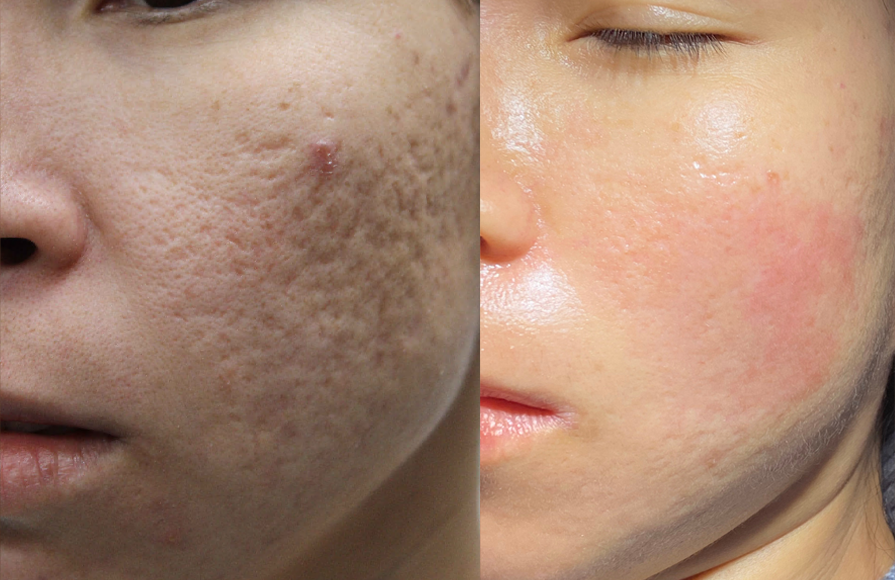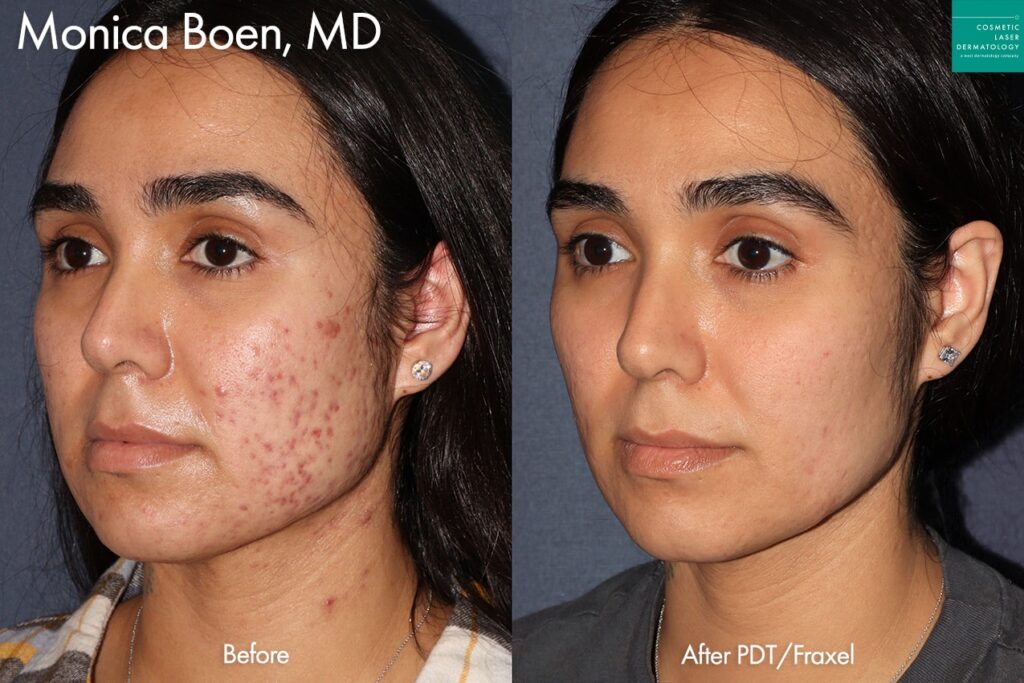Just How to Deal With Acne Scars: Proven Techniques for a Flawless Skin
Just How to Deal With Acne Scars: Proven Techniques for a Flawless Skin
Blog Article
Exploring Skin Problem: Recognizing and Dealing With Acne Scars for Healthier Skin
Acne marks represent a substantial issue for people seeking to preserve healthy and balanced skin, as they can impact both look and self-confidence. Recognizing the different types of scars, from atrophic to hypertrophic, is crucial for figuring out appropriate therapy alternatives.
Recognizing Acne Scars

The body's all-natural recovery process can result in either atrophic marks, which look like clinical depressions in the skin, or hypertrophic scars, which are raised and result from overflow of collagen. In addition, the emotional toll of acne marks should not be underestimated; lots of people report feelings of embarrassment, stress and anxiety, and lowered self-worth. This psychological worry can influence social interactions and total lifestyle.
Resolving acne marks requires a comprehensive understanding of their development and impact. Understanding of the possibility for long-lasting consequences connected with without treatment scars can inspire individuals to seek ideal therapies. Early intervention and effective monitoring approaches can considerably improve skin look and enhance emotional strength, stressing the relevance of understanding the complexities bordering acne marks.
Kinds of Acne Scars
Acne marks can be categorized into distinct types, each exhibiting one-of-a-kind attributes and needing certain treatment approaches. acne treatment for sensitive skin. The key kinds of acne scars include atrophic, hypertrophic, and keloid marks

Hypertrophic scars, on the other hand, are elevated above the skin degree and are the result of excessive collagen manufacturing during the recovery procedure. They commonly continue to be within the boundaries of the initial acne sore. Keloid marks are comparable yet expand beyond the original injury website, forming bigger, raised locations that can be unpleasant or itchy.
Understanding these sorts of marks is important for selecting ideal treatment alternatives. Different marks may react better to specific therapies, such as laser treatments, fillers, or surgical interventions, emphasizing the importance of a customized strategy to acne scar management.
Recognizing Your Marks
Acne scars usually fall into 2 categories: atrophic and hypertrophic marks. These can even more be classified right into ice-pick marks, boxcar scars, and rolling marks, each showing unique characteristics and calling for different techniques for assessment.
Hypertrophic scars, on the various other hand, are elevated and happen due to excessive collagen production during the recovery procedure. Recognizing the specific functions of your scars-- such as width, depth, and texture-- is crucial for correct recognition (skin rejuvenation treatments). In addition, take into consideration the distribution of marks across your skin, as this can indicate the seriousness and period of the acne problem
Involving with a skin specialist can offer valuable insights right into the nature of your marks, helping in the differentiation between various kinds. A thorough understanding of your scars will ultimately bring about a more customized and effective therapy plan, making sure a more clear and much healthier skin.
Therapy Alternatives Available
Determining the specific kind of acne scars existing on your skin lays the foundation for discovering efficient therapy options. Common kinds of acne scars consist of atrophic (depressed), hypertrophic (raised), and post-inflammatory erythema.
For atrophic marks, choices such go to the website as chemical peels, microneedling, and laser resurfacing are commonly made use of. Chemical peels make use of acids to eliminate the external layer of skin, promoting new cell growth.
Hypertrophic marks can be treated with corticosteroid injections to flatten the mark or laser therapy to decrease redness and boost look. Silicone gel sheets and stress dressings may likewise help in managing increased marks.
On top of that, facial fillers can temporarily fill in anxieties from atrophic marks, while surgical excision may be suitable for severe situations. Each treatment choice has its benefits and factors to consider, making it necessary to seek advice from a skin doctor. They can provide customized referrals based on the kind and intensity of your marks, along with your skin kind and general health.
Tips for Prevention
Effective avoidance approaches can substantially minimize the probability of creating acne scars. The very first step is to preserve a regular skincare routine that includes mild cleaning, peeling, and hydrating. Making use of non-comedogenic items aids stop clogged pores, which can exacerbate acne. In addition, integrating topical treatments having salicylic acid or benzoyl peroxide can effectively reduce and handle outbreaks inflammation.
Staying clear of need to choose or pop acne lesions is crucial, as this can cause deeper skin damage and enhance the danger of scarring. Instead, think about using a chilly compress or non-prescription treatments to lower swelling and redness.
Sun protection is another essential facet of avoidance; ultraviolet (UV) rays can dim scars and impede the recovery process. Using a broad-spectrum sun block with a minimum of SPF 30 daily published here can protect the skin and promote even recovery.
Last but not least, preserving a well balanced diet rich in minerals, antioxidants, and vitamins sustains skin health and wellness and healing. Remaining moisturized and taking care of tension degrees can likewise play a significant role in minimizing acne flare-ups. By carrying out these strategies, people can substantially reduce their possibilities of establishing acne scars.
Final Thought
Finally, understanding and identifying acne marks is crucial for effective therapy and accomplishing much healthier skin. Various sorts of acne scars, consisting of hypertrophic and atrophic scars, necessitate particular interventions customized to private requirements. Treatment alternatives array from chemical peels and microneedling to corticosteroid injections, stressing the value of speaking with a skin doctor. In addition, taking on a gentle skin care routine find out this here and protecting the skin from UV direct exposure can dramatically add to the avoidance of further scarring and general skin wellness.
The body's all-natural recovery procedure can result in either atrophic marks, which appear as clinical depressions in the skin, or hypertrophic scars, which are increased and result from overflow of collagen. They are more split into 3 subtypes: ice choice scars, boxcar scars, and rolling scars. Acne marks generally fall into 2 categories: atrophic and hypertrophic scars. These can better be identified into ice-pick scars, boxcar marks, and rolling scars, each displaying distinct features and needing various techniques for analysis.
Numerous types of acne scars, consisting of hypertrophic and atrophic marks, demand details interventions customized to private needs.
Report this page